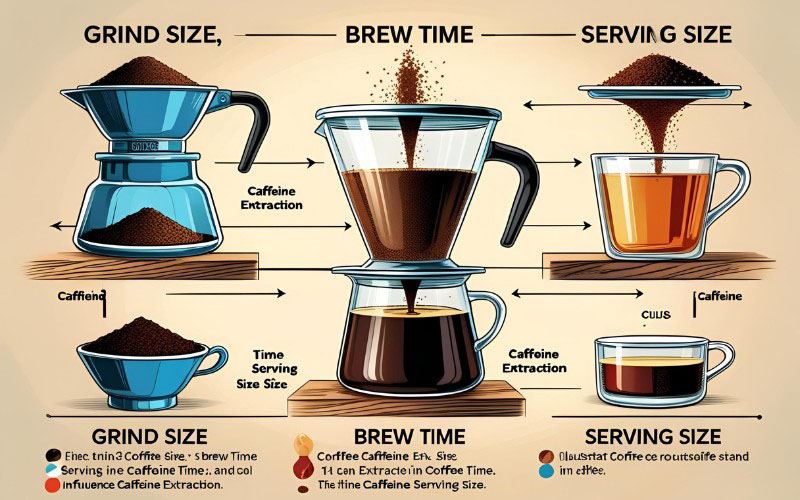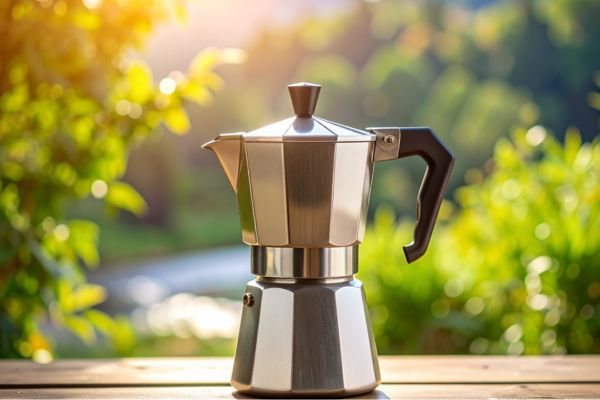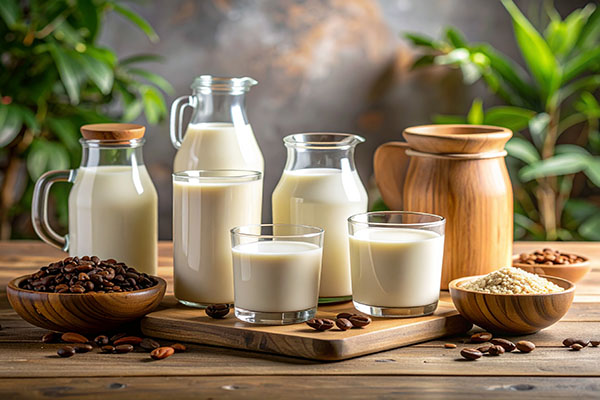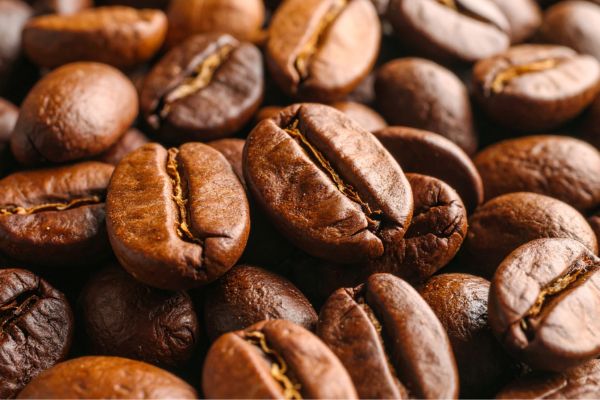
A Guide to Caffeine in Coffee
How much caffeine is in your daily cup? This guide explores the factors that influence caffeine content, from bean type and roast level to brewing method, and provides a comparison of popular coffee drinks.
How Much Caffeine is in Coffee?
One of the most common questions about coffee is also one of the hardest to answer precisely: "How much caffeine is in this cup?" The caffeine content of a cup of coffee is not a single number; it's a variable that depends on a wide range of factors. Understanding these factors can help you better manage your caffeine intake and choose the right coffee for your needs.
Here’s a breakdown of the key elements that determine how much of a buzz you'll get from your brew.
1. The Type of Coffee Bean
The single biggest determinant of caffeine content is the species of coffee bean.
- Arabica: The most popular type of coffee bean, prized for its complex flavor. On average, Arabica beans have a caffeine content of about 1.5% by weight.
- Robusta: A hardier bean with a stronger, more "classic" coffee taste. Robusta beans pack a much bigger punch, with a caffeine content that can range from 2.5% to 4.5%—nearly double that of Arabica.
2. The Roast Level
Does dark roast have more caffeine? This is a common point of confusion. The answer depends on how you measure your coffee.
- By Scoop (Volume): Lighter roast beans are denser than darker roast beans. So, if you measure your coffee by the scoop, you'll be using more light roast beans by weight, and therefore get more caffeine.
- By Weight: If you measure your coffee with a scale (which you should for better consistency), a light roast and a dark roast will have roughly the same amount of caffeine. The roasting process itself does not destroy much caffeine, but it does make the beans less dense.
The verdict: The difference in caffeine content between roast levels is minimal. The bean type is far more important.
3. The Brewing Method
How you brew your coffee plays a huge role in how much caffeine is extracted from the grounds. The key factors are water temperature and contact time.
- Drip Coffee: A standard 8 oz (237 ml) cup of drip coffee typically contains about 95 mg of caffeine, but it can range from 70-140 mg.
- Pour-Over: Similar to drip coffee, with a caffeine content in the range of 80-120 mg.
- French Press: Because the grounds are fully immersed in water for a longer period (usually 4 minutes), the caffeine content can be slightly higher, often around 80-135 mg for an 8 oz cup.
- Cold Brew: Cold brew is famously strong. Because the grounds are steeped for a very long time (12-24 hours), the resulting concentrate is highly caffeinated. However, it's usually diluted with water or milk. A typical 8 oz serving of cold brew might have 150-250 mg of caffeine, but this varies wildly based on the dilution ratio.
- Espresso: An espresso shot is very concentrated, but it's also a small serving. A single 1 oz (30 ml) shot of espresso has about 63 mg of caffeine. So, a standard 12 oz latte (made with a single shot) will have less caffeine than an 8 oz cup of drip coffee.
Caffeine at a Glance (Approximate Values)
| Drink (8 oz / 237 ml serving) | Typical Caffeine (mg) | | :---------------------------- | :-------------------- | | Drip Coffee | 95 mg | | Pour-Over | 100 mg | | French Press | 107 mg |
- Cold Brew | 200 mg (undiluted) | | Espresso (1 oz / 30 ml) | 63 mg | | Decaf Coffee | 2-5 mg |
Ultimately, if you're looking for the biggest caffeine kick, a lightly diluted cold brew made with Robusta beans would be the winner. For a lower-caffeine option, a single-shot espresso-based drink like a small latte or a standard cup of decaf is your best bet.


